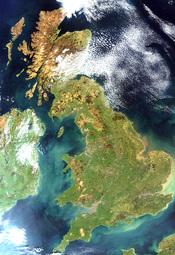The British government employed many different tactics trying to restore, maintain or create peace in Ireland and Northern Ireland since the deployment of British troops in 1969. These tactics have been of greatly varying success, with some achieving the goals of the British and some creating an even worse situation.
The 1970ÃÂs did not begin well for Northern Ireland. The policy of Internment simply began a chain reaction of other violent events. The first of these was Bloody Sunday. Bloody Sunday occurred on Sunday 30th January 1972. A civil rights movement organised an uprising against Internment. 15,000 people turned up to protest against a ban on marches. They congregated in the middle of Londonderry. Youths threw stones at troops attempting to seal off the area.
The whole area was in confusion and there were two views to the story. Protesters said that the soldiers opened fire on unarmed civilians. The soldiers said they were only retaliating to attacks by the civilians.
Thirteen marchers were killed, and appeared to be unarmed.
Thus was created yet another opportunity for propaganda, and yet again Britain were hated by the Irish and the Americans for their part in the events. The British most certainly did not deal with this event well.
The first attempt from 1972 was Direct Rule in March. This was a key starting point, as many events followed it trying to lessen the ÃÂsentenceÃÂ. It was applied in response to the increasing violence in Northern Ireland. Direct Rule meant that Northern Ireland was to be controlled by the Northern Ireland secretary, a British government minister. Although Direct Rule was only intended for a short while, it ended up lasting over 25 years.
Although Unionists were pleased with the turn of events, Nationalists obviously rejected the idea, but still it managed to...


